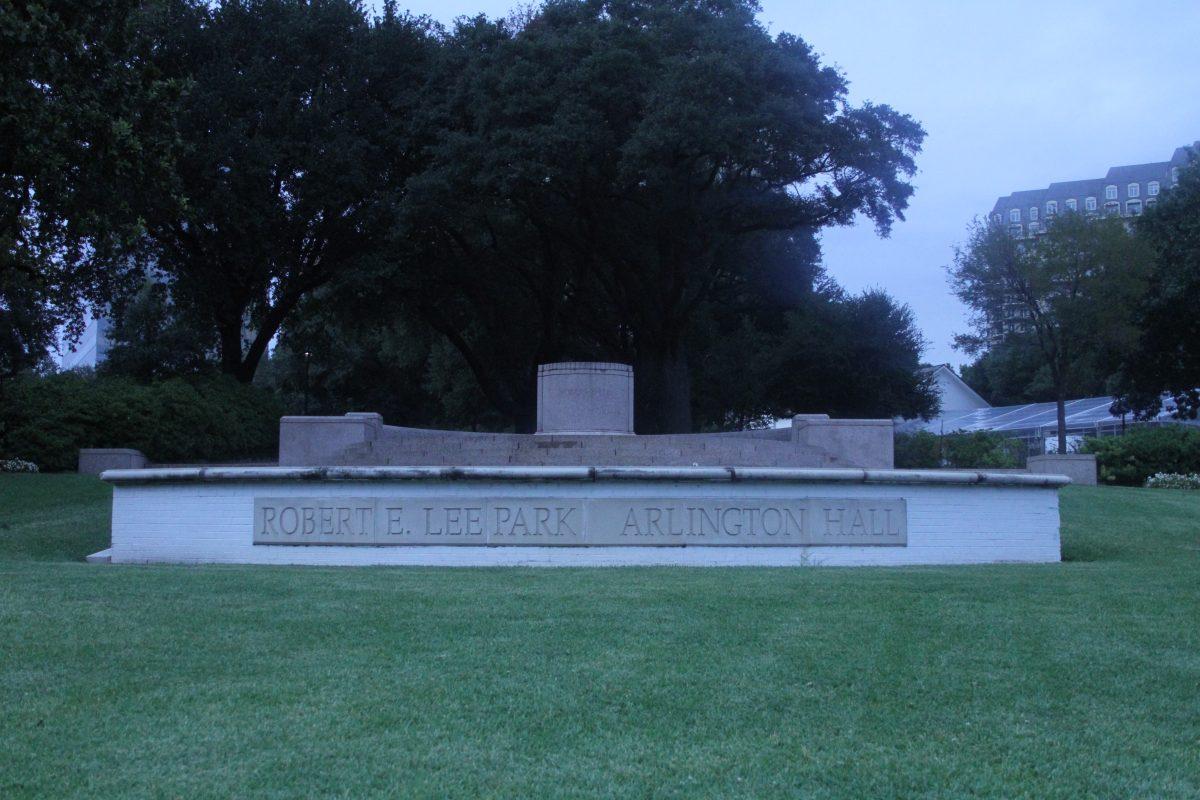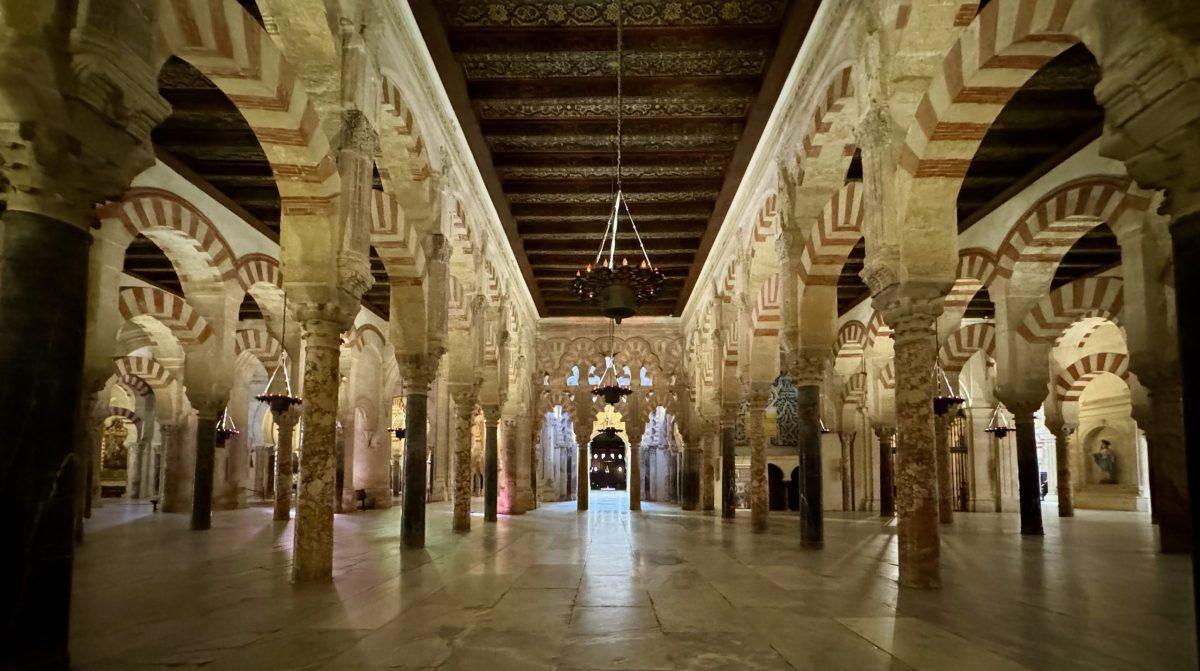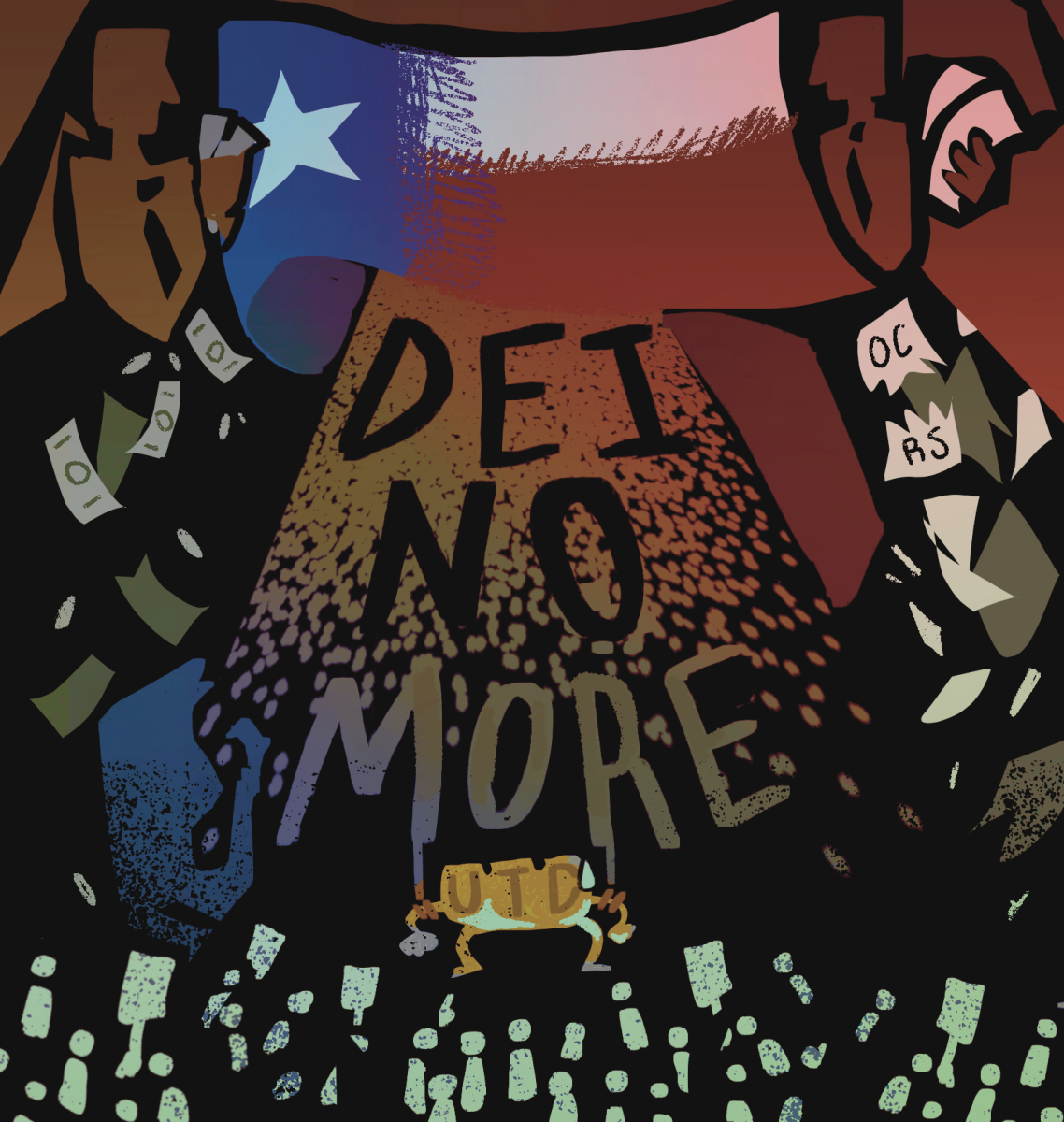Dallas’ governing bodies have started removing Confederate imagery from the city. While there is universal agreement on removing Confederate monuments across the city council, the school board and campus political organizations, the devil is in the details.
Within the Dallas City Council, the DISD board, the UTD Democrats and Republicans, there is a subtle but existent divide in the way in which Confederate imagery should be removed. One side believes that public comment and research is necessary before the removal of imagery, while the other believes in immediate removal.
A muted microcosm of this argument is found at UTD in the difference between the College Republicans and College Democrat’s positions. President of the UTD College Republicans, Matthew Waller, supported the city council’s original decision to wait for a task force report before acting.
“I think it’s a little uncouth personally (that the council acted before the report), but if they think they’re acting within the best interests of their constituents then that’s what they’re doing, and if the constituents think that they aren’t acting in their best interest, that’s what the election is for,” Waller said after the removal.
Fawaz Anwar, president of the UTD College Democrats, said that Confederate imagery should be removed post-haste.
“I did not see it coming, but like I said, I advocate for removal as soon as possible, so that was carried out and I’m pleased with what has happened,” Anwar said.
In early August, 130 historians, ministers and activists signed an opinion article in the Dallas Morning News. The authors wrote about what it means for Confederate monuments to continue to stand in Dallas and the ideology behind the Confederacy. The co-author of this opinion was Michael Phillips, a historian specializing in Texan race relations, author of the book White Metropolis and co-author of UTD’s Intro to U.S. history textbook. Phillips is a supporter of the effort to remove Confederate imagery from Dallas’s public places.
“The peak construction of these memorials was during the time when Jim Crow laws were being passed … When you had voter disenfranchisement laws passed like poll taxes and literacy tests,” he said. “(The monuments were built) during the peak time of lynching of African-Americans, and you can only understand what’s going on in that context.”
The intent of Confederate monuments is often argued as a defense against their removal but Phillips doesn’t buy the explanation that monuments were built out of pride alone.
“They are statements of white power and white supremacy, and basically it’s a declaration to the North that whatever the results of the Civil War was, that white people were still in charge in the South, they still determine the fate of African-Americans, they still can limit African-American rights to a status as close to slavery as possible,” Phillips said.
As a historian and current professor, Phillips said he is particularly dismissive of the idea that removing Confederate monuments is an act of erasing history.
“The monuments, that’s one reason why they’re so pernicious, is they promote ignorance about history,” he said. “Very often we’ll be accused of is trying to erase history, but what we’re trying to do is replace lies about history with accurate representations of that past.”
Specifically, in the case of the statue of Robert E. Lee that resided in what is now known as Oaklawn Park, Phillips said the statue had no educational value.
“it didn’t give a birth date, a death date … it didn’t mention he was commander of the army of Northern Virginia, it didn’t say anything about his service in the Confederate army, it didn’t say what he did after the war,” he said. “It provided no biographical information other than his name and a little inscription about how you could never say anything bad about Robert E. Lee, what a wonderful person he was. You wouldn’t have learned anything.”
As a historian who devoted his career to race in Dallas, Phillips said he doesn’t just want the statue of Robert E. Lee removed, he wants all Confederate monuments, names and memorials gone for good.
“What I’m concerned about is this job of erasing this propaganda, this white supremacist propaganda will lose momentum,” he said. “That enough statues go down that people will say, ‘Well, we’ve done it,’ while some of the propaganda remains.”











